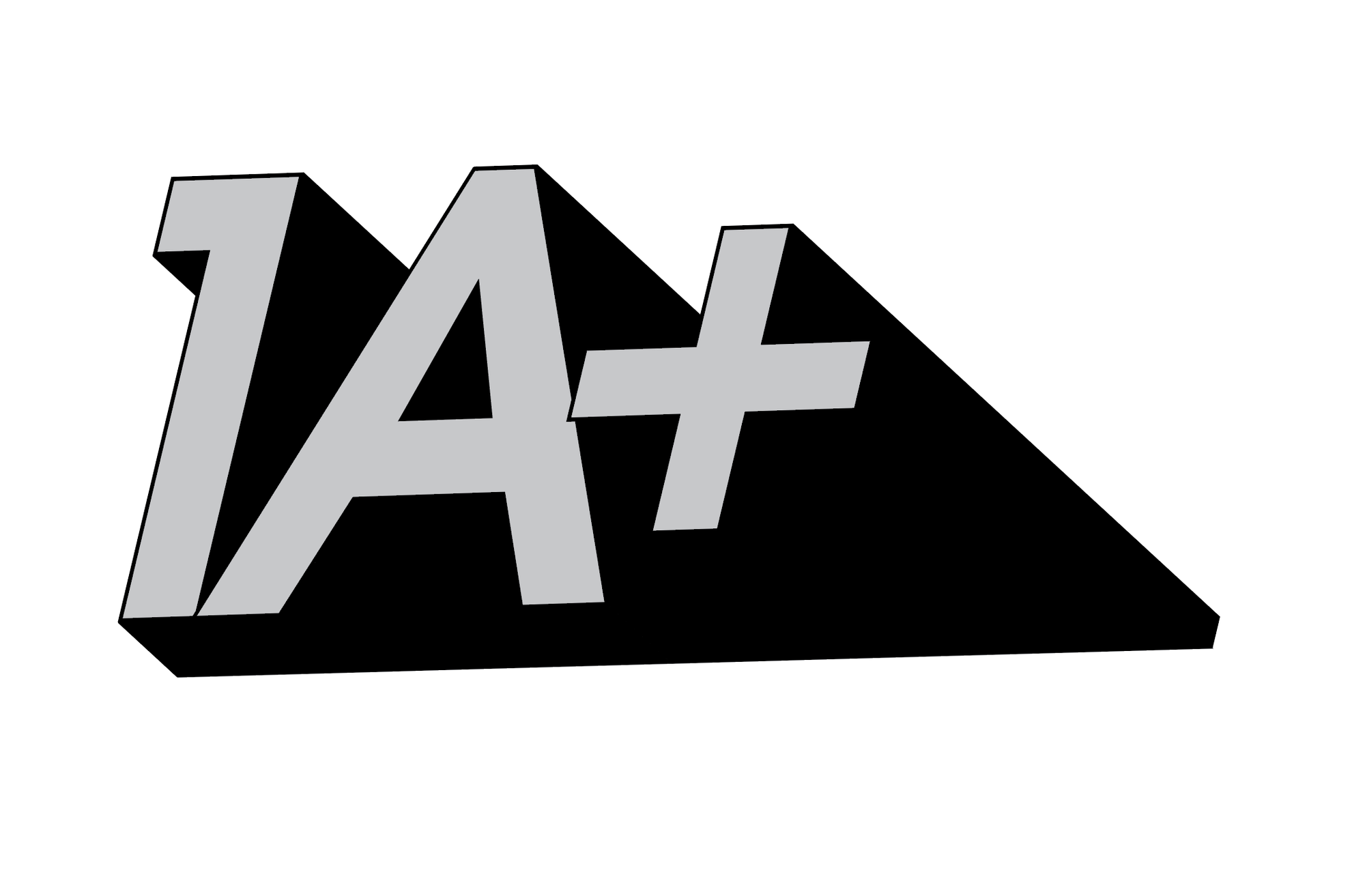Gold for Goa, Porcelain for Pemba: From Empire’s Depths to People’s Hands
From colonial seabeds to schoolbooks and syringes: $95 million in pirate treasure to fund futures once denied.

In a bold step toward redress and postcolonial justice, Portugal, Madagascar, and India have jointly announced an unprecedented agreement to redistribute and partially liquidate the recovered cargo of the Nossa Senhora do Cabo, a 300-year-old Portuguese galleon wreck discovered off the coast of Madagascar. The goal: to turn colonial loot into tangible futures.
The newly ratified Treaty for Cultural Restitution and Oceanic Justice not only outlines the repatriation of culturally significant artifacts to India, Mozambique, Madagascar, and Sri Lanka—it also introduces a globally coordinated auction of selected high-value items, with projected profits of up to US $95 million. The proceeds, officials confirmed, will be invested directly into community-based education and healthcare initiatives across former Portuguese colonies affected by centuries of extraction and exploitation.
A Shipwreck Reimagined
The Nossa Senhora do Cabo was captured by French pirate Olivier “La Buse” Levasseur in 1721, as it sailed from Goa to Lisbon, heavily laden with treasures drawn from colonial holdings in Asia and Africa. For centuries, its location remained a maritime mystery until archaeologists working with the Center for Historic Shipwreck Preservation confirmed its identity in 2024 off Nosy Boraha.
Among the more than 3,300 artifacts recovered are gold coins, ceremonial crosses, Chinese porcelain, emerald-encrusted brooches, and silver ingots—objects now authenticated and appraised by Sotheby’s and the International Council of Museums (ICOM). While many culturally significant items will be returned directly to communities of origin, about 20% of the cargo will be included in a hybrid auction model, with input from heritage commissions in Goa, Maputo, Antananarivo, and Lisbon.
Liquidating the Legacy, Rebuilding the Future
The auction—set to take place simultaneously in Geneva, Mumbai, and Maputo in early 2026—will be coordinated by UNESCO in partnership with regional trust funds. Half of all auction revenue will be administered by a new supranational body: the Colonial Reparations Fund for Health and Learning (CRF-HL).
“We’re transforming a legacy of theft into a foundation for healing,” said Dr. Nandini Marikkar, director of the Global South Reparations Institute. “This isn’t about selling history—it’s about financing a future stolen generations were denied.”
India is expected to direct its share of the funds toward expanding digital literacy and maternal health clinics in under-resourced rural areas. Madagascar has outlined plans to build six new schools and three regional health posts on its eastern coast. Mozambique will establish a scholarship programme in memory of enslaved artisans whose labor underwrote colonial riches.
Ethics, Not Opportunism
The decision to auction part of the treasure—especially gold ingots and commercial-grade trade goods—was debated intensely. Some feared it risked repeating colonial commodification. But a joint ethics committee determined that auctioning non-sacred, non-culturally unique items could offer the best route to long-term, scalable impact.
“This isn’t a fire sale of history,” insisted Isabel Moura e Silva, Portugal’s Minister of Culture. “It’s a global redistribution mechanism—redirecting imperial capital toward intergenerational care.”
To ensure transparency, all auctioned items will be catalogued in a public blockchain registry, with provenance information, cultural context, and profit destination tracked in real time.
The Gold Glows Differently
Public opinion has shifted notably. A recent cross-national poll found that 74% of respondents in Portugal and 83% in India support the auction “if profits are reinvested in communities affected by colonialism.” Civil society leaders, particularly in Goa and Antananarivo, have emphasized that justice is not a museum—it is access, dignity, and care.
As crates are prepared for auction and others for return, a quiet reversal of empire is underway—not through statues toppled, but through budgets redrawn.
“This gold no longer speaks the language of empire,” said Goan educator Preeti D’Souza, attending a repatriation ceremony in Panaji. “It speaks of classrooms and vaccines, of a future we get to write ourselves.”
Disclaimer:
This article is a work of fiction. No international reparation pact, community-directed auction, or redistribution of the Nossa Senhora do Cabo treasure has taken place. In reality, there has never been any official intention to return these artifacts to the countries from which their value was extracted. Most of the treasure—like so many others—will likely end up behind glass in European museums, detached from context, recast as “heritage,” and curated through a colonial lens. But it doesn’t have to be this way.
Imagining a different path—one of restitution, redistribution, and reparation—is not naïve. It is necessary.




